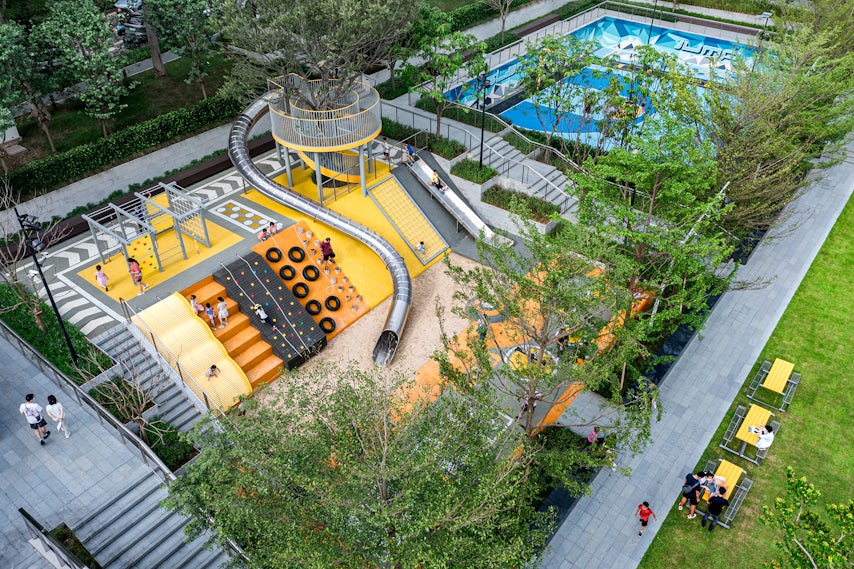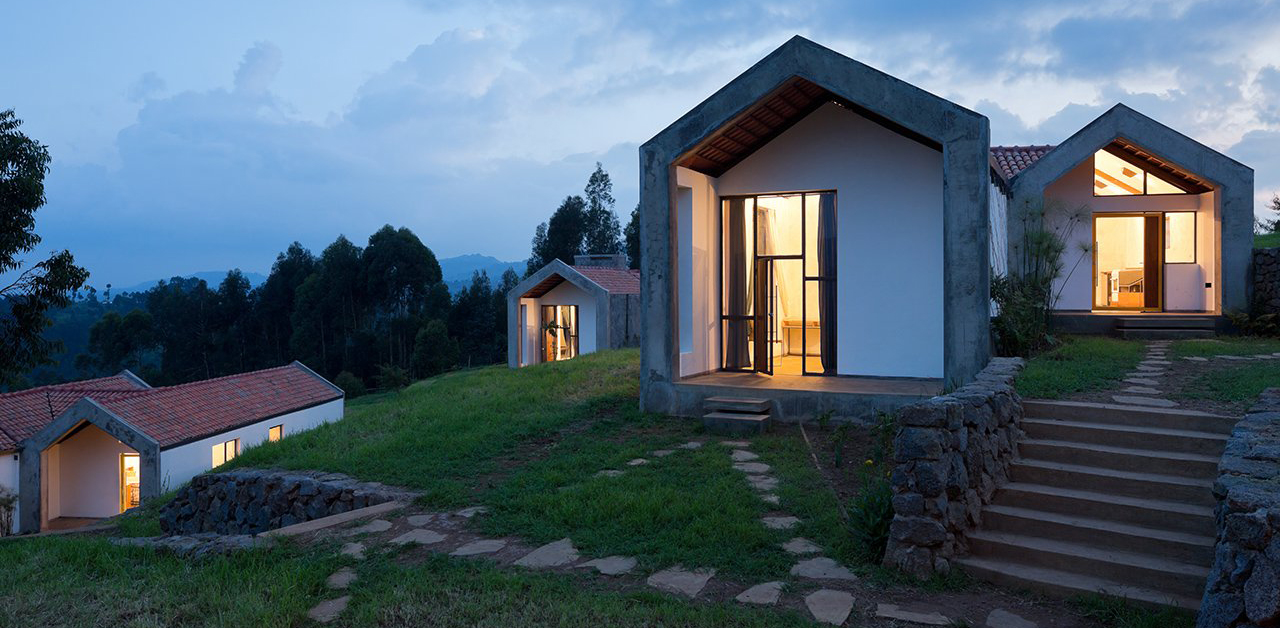Architizer is delighted to reveal the winners of the 2025 Vision Awards! We'll continue celebrating the power of architectural representation — get on the program mailing list by clicking here.
Our memories have a huge impact on how we view our present and future. As time passes, an unchanging space can look very different simply because of how we have viewed it and used it over the years. For example, a shelf that was once imposing can look ordinary to a child after they have grown up. The emotional turmoil felt during a calamity can also alter our vision of what actually happened. Because of a multitude of senses involved in the construction of these mental images, it is often difficult to put them into words.
These themes were particularly prominent amongst finalists in Architizer’s 2nd Annual One Rendering Challenge. Perhaps speaking to an overarching cultural trend in 2021, architects and artists addressed the stories that were brewing in their minds, transforming them into emotional and captivating visuals that celebrate both the smaller or more significant instances in their lives. These graphics cherish memories and capture fleeting moments to start a broader conversation about life, hope and perception of the world. In them, architecture becomes a vehicle for memory and a language that expresses emotional experience.
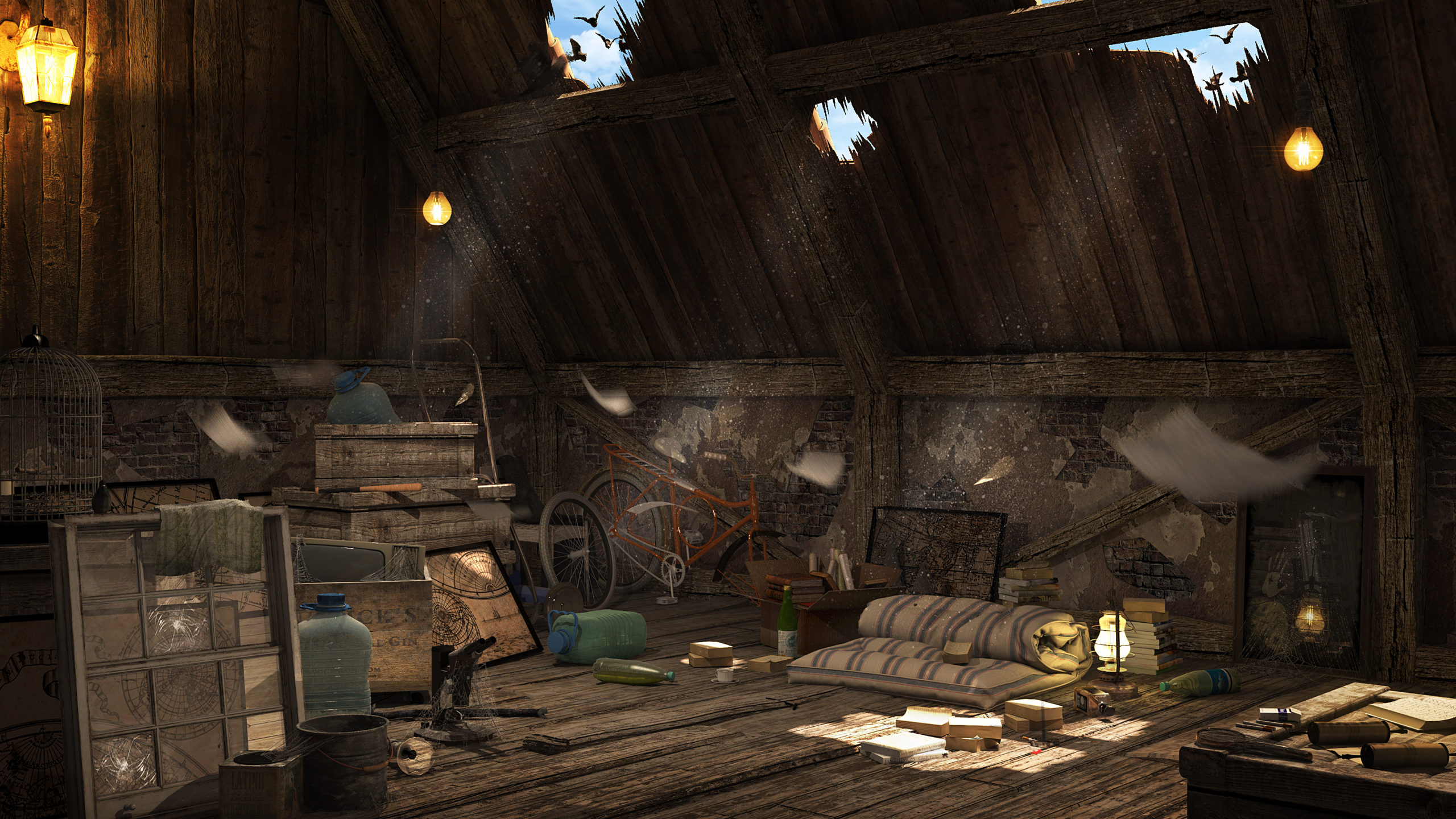 “Childhood Memory” by Razvan Neagu
“Childhood Memory” by Razvan Neagu
Sunlight pouring in through the holes in a roof of a dusty attic in this render evokes a sense of nostalgia. As we keep looking around, we can almost imagine all the activities that took place in this space: lounging on the mattress and reading, rummaging through old crates to find stored treasures, chaining up a bicycle after the user has outgrown it, and so on.
When speaking about the act of bringing to life a distant memory of his past through this digital visualization, Neagu stated, “I think this is the meaning of a CG Image. Bringing thoughts and feelings into something you can visually share.”
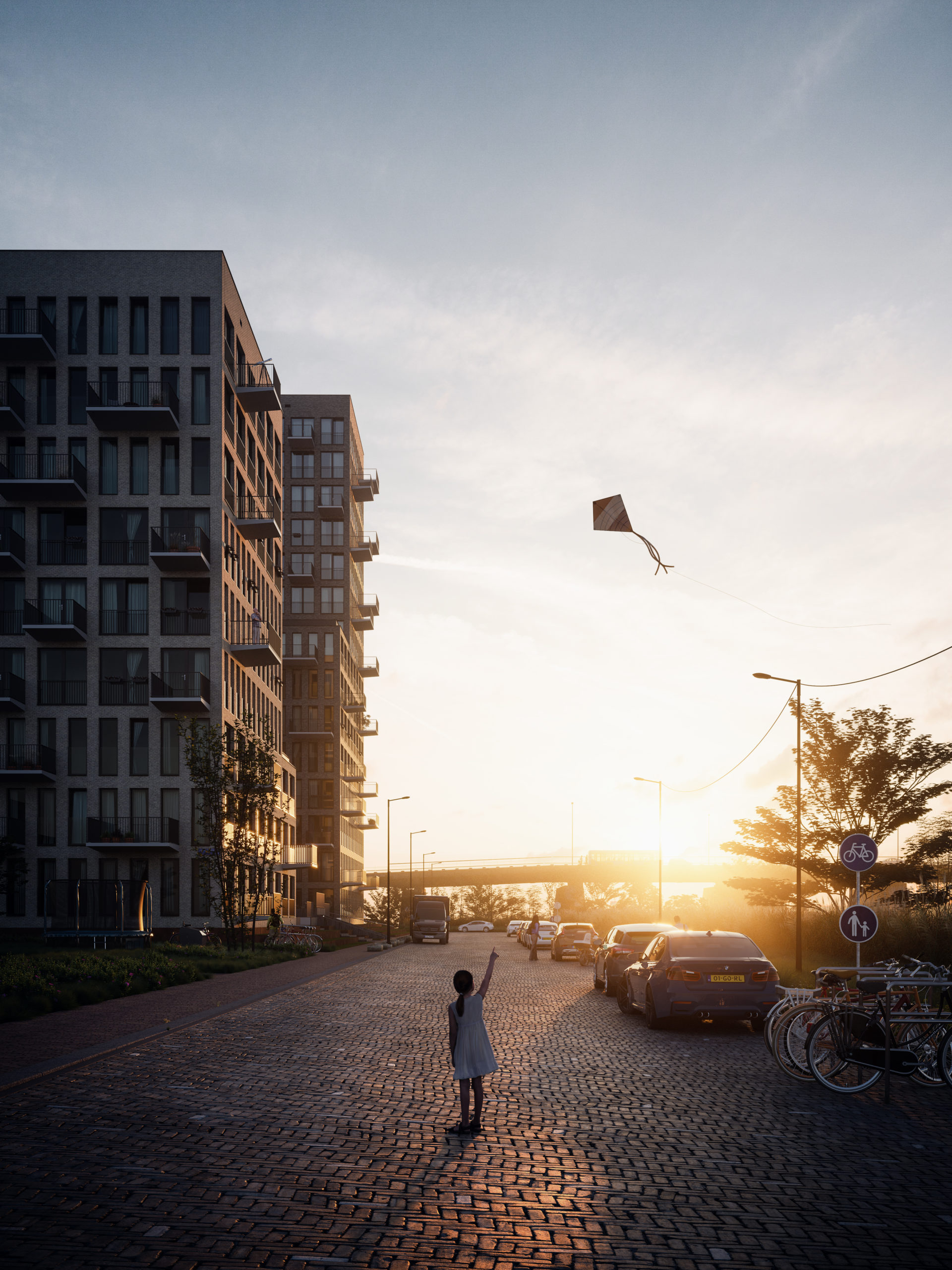 “Hey look!” by Artem Zigert
“Hey look!” by Artem Zigert
This image represents a collective memory of a special moment from our childhood. The simple pleasure of running through the streets with a kite as fresh air blowing against the hair might not be something everyone is familiar with but it does take us back in time when there was joy in small acts, curiosity and a lot of innocent hope and excitement.
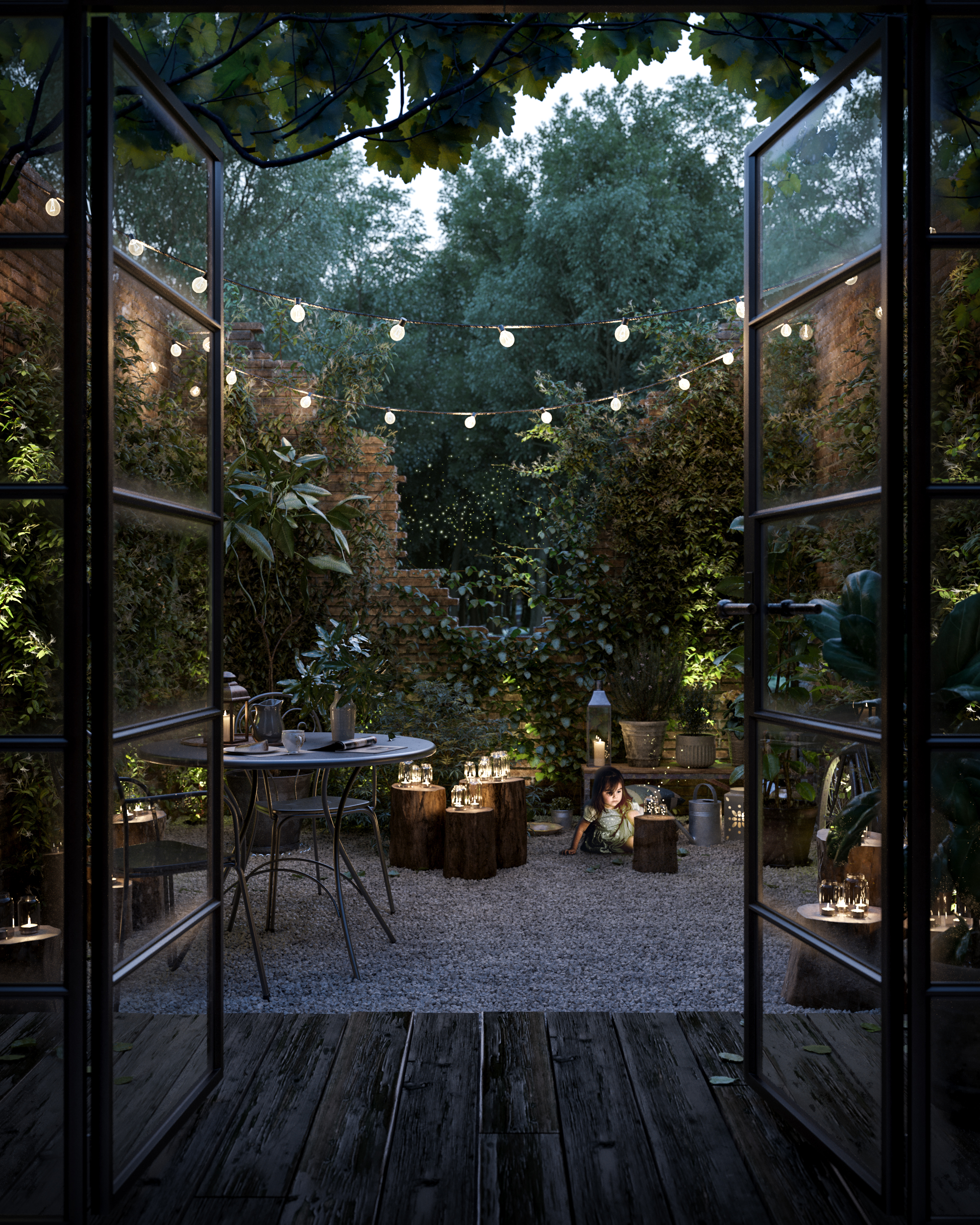 “Fireflies” by Lisa Della Dora
“Fireflies” by Lisa Della Dora
In 2020, the pandemic forced people across the world to isolate themselves within their homes. The winds were full of anxious whispers and the news showed a steadily rising Covid-19 case count. The render shows a day from the artist’s life during this period. Given the dire situation in Italy back then, social distancing norms were very strict and it was very difficult to leave the house.
One day, the artist stumbled upon this scene in her backyard where the little girl was surrounded by candles, releasing fireflies from a jar. Dora said, “This just makes everything else fade away, something so pure and simple yet so liberating, I think I just found my hope back.”
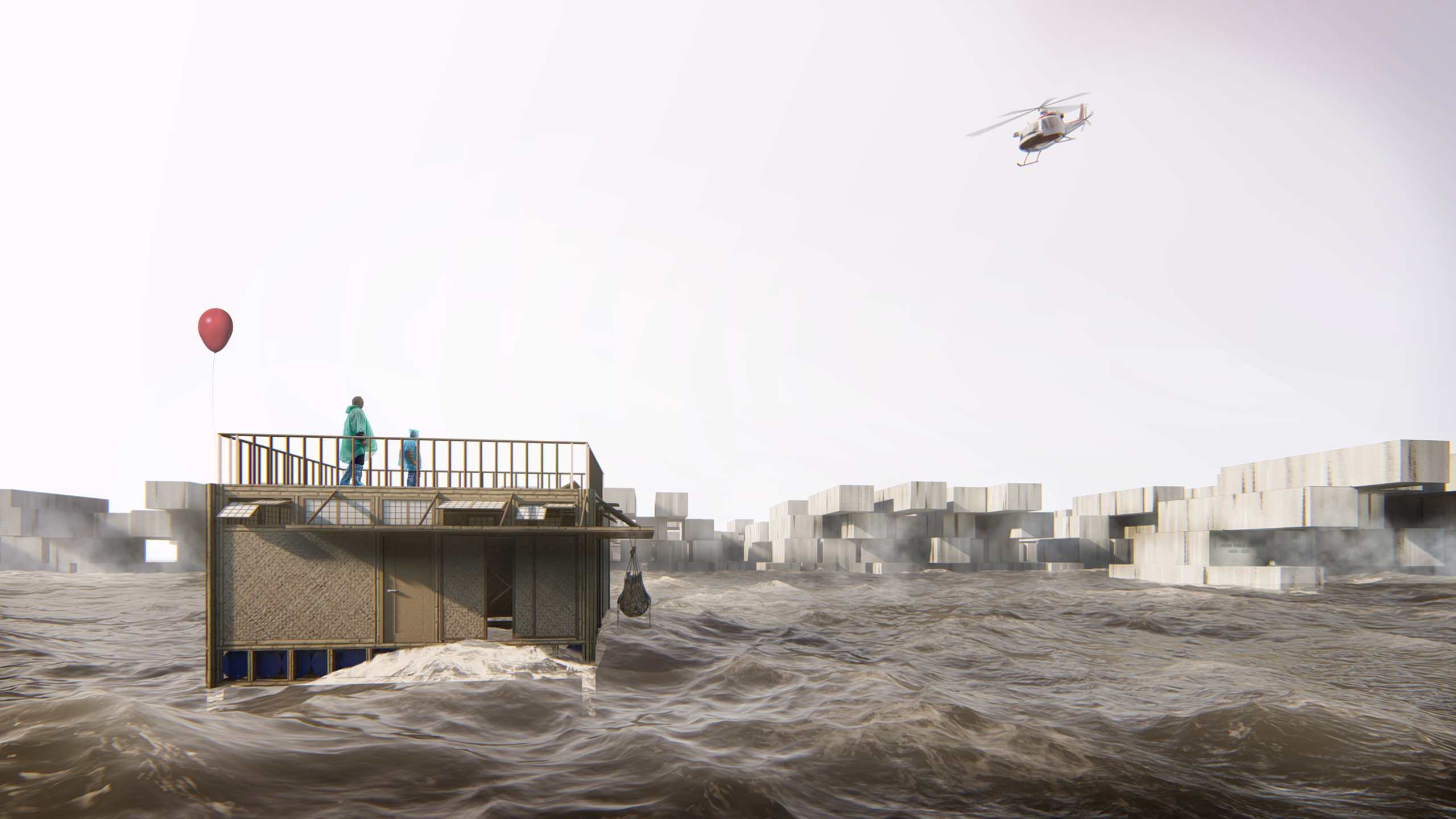 “Gloomy Sunday” by JCL & Partners
“Gloomy Sunday” by JCL & Partners
It is often the worst memories that are etched the clearest in our minds. The image evokes a sense of quiet after a storm has passed. The artist tried to show the stillness after Typhoon Haiyan wrecked the Philippines’ central region eight years ago. Houses tore down, trees were uprooted and several residents lost their lives in this calamity. Here, the skies are clear and two survivors stand amid the watery remains, symbolizing the resilience and fearless nature of the Filipinos.
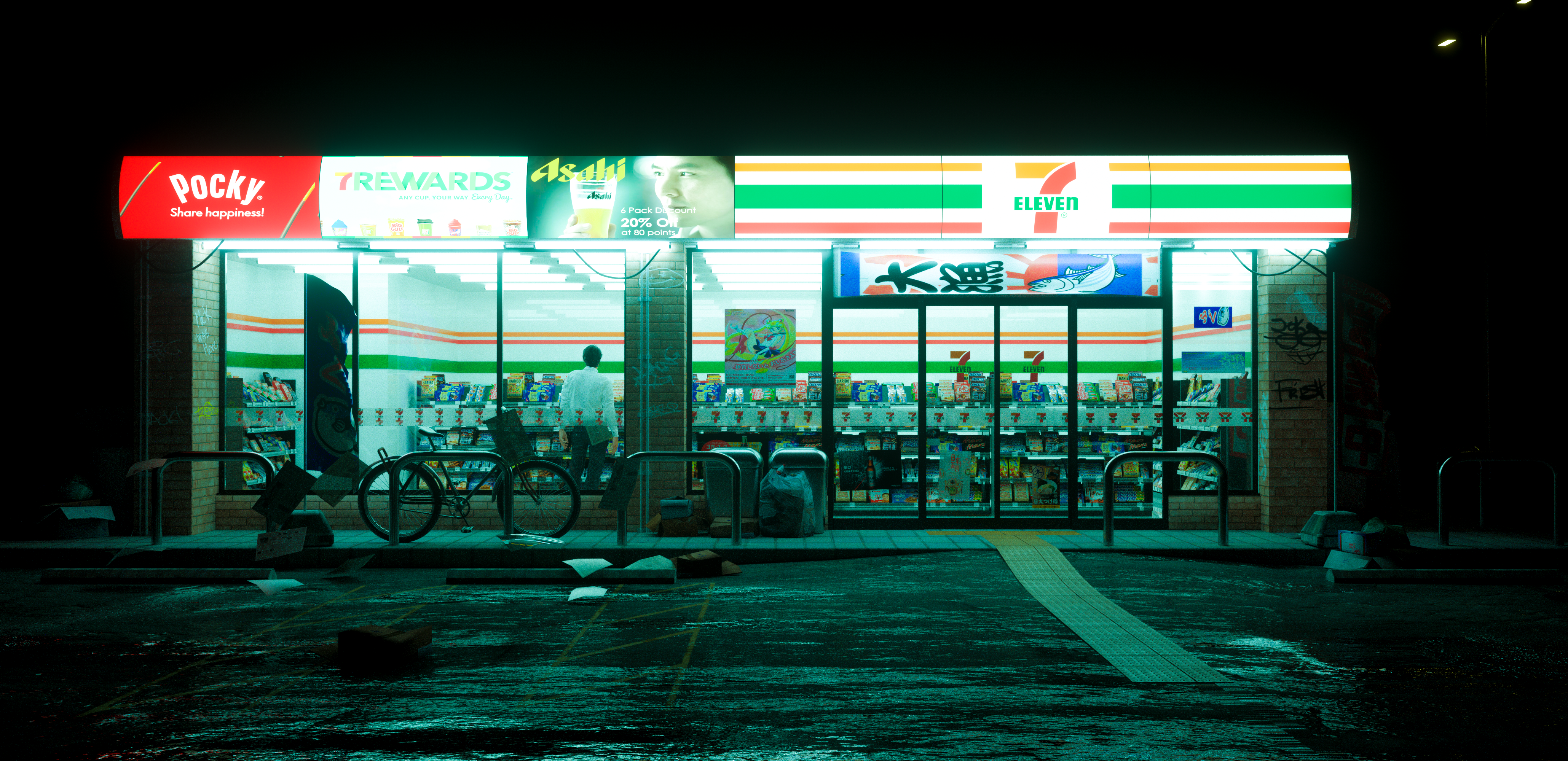 “Closing Hour” by Mick Charoenphan
“Closing Hour” by Mick Charoenphan
Charoenphan said the render “celebrates the everyday spaces of the fastly consumed metropolis and the momentary pauses they bring.” Referring to the convenience store as an urban oasis, the artist wants to highlight the small parts of the neighborhood that we might pass by on busy days but act as a beacon when walking alone at night. It shows the store as a safe and inviting space to take a pause when the streets outside are dark and times are uncertain.
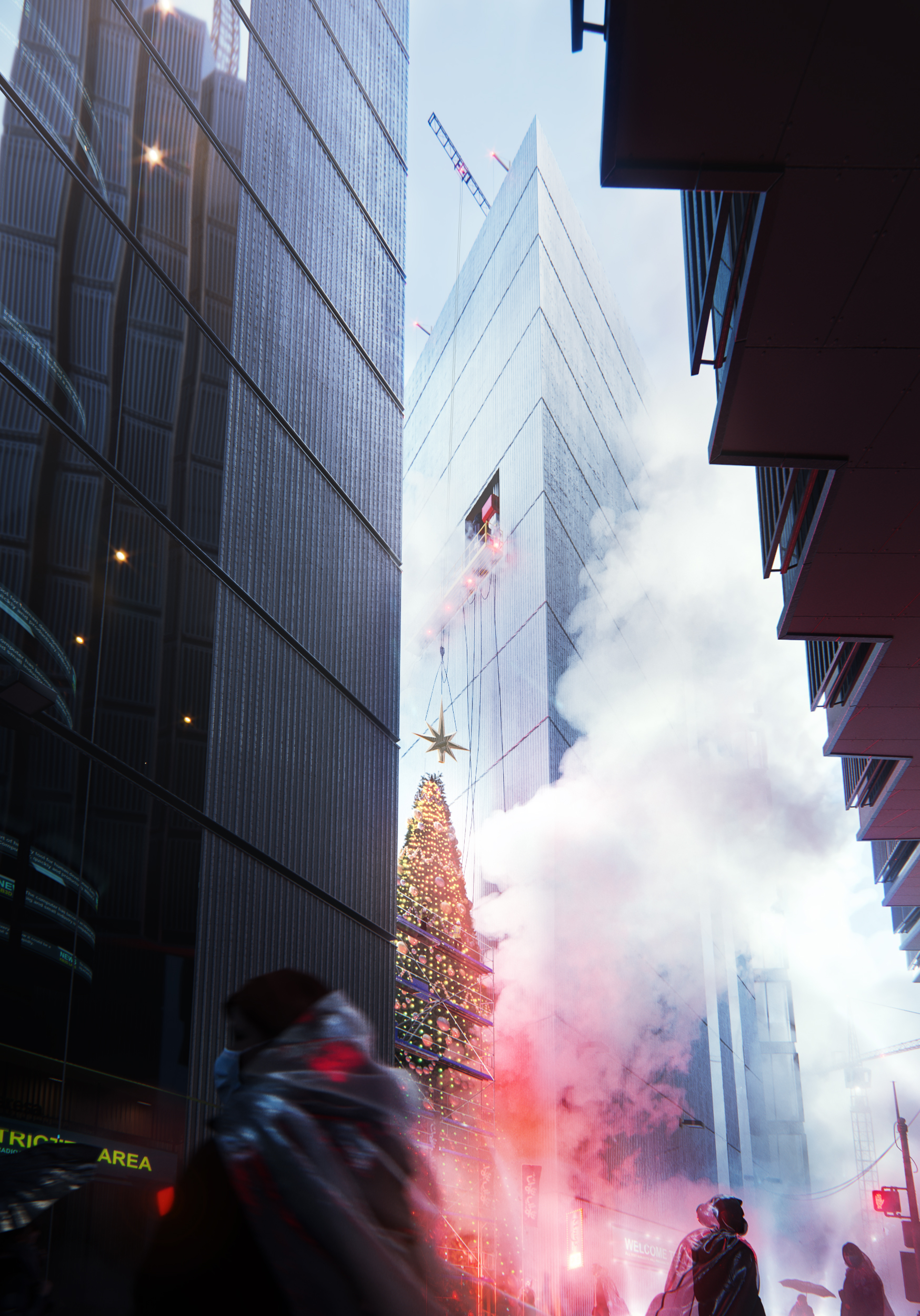 “Preparing for New Year” by Roman Huzar
“Preparing for New Year” by Roman Huzar
The pandemic caused a lot of loss and suffering in the past two years. While some people lost jobs, there were others who changed paths and ventured into new businesses and opportunities. Such drastic global events are sure to change how we work now and in the future. This entry wants to show that even with all these changes, some traditions remain the same. Christmas lights will be just as exciting and the New Year will always be welcome as a sign of new beginnings.
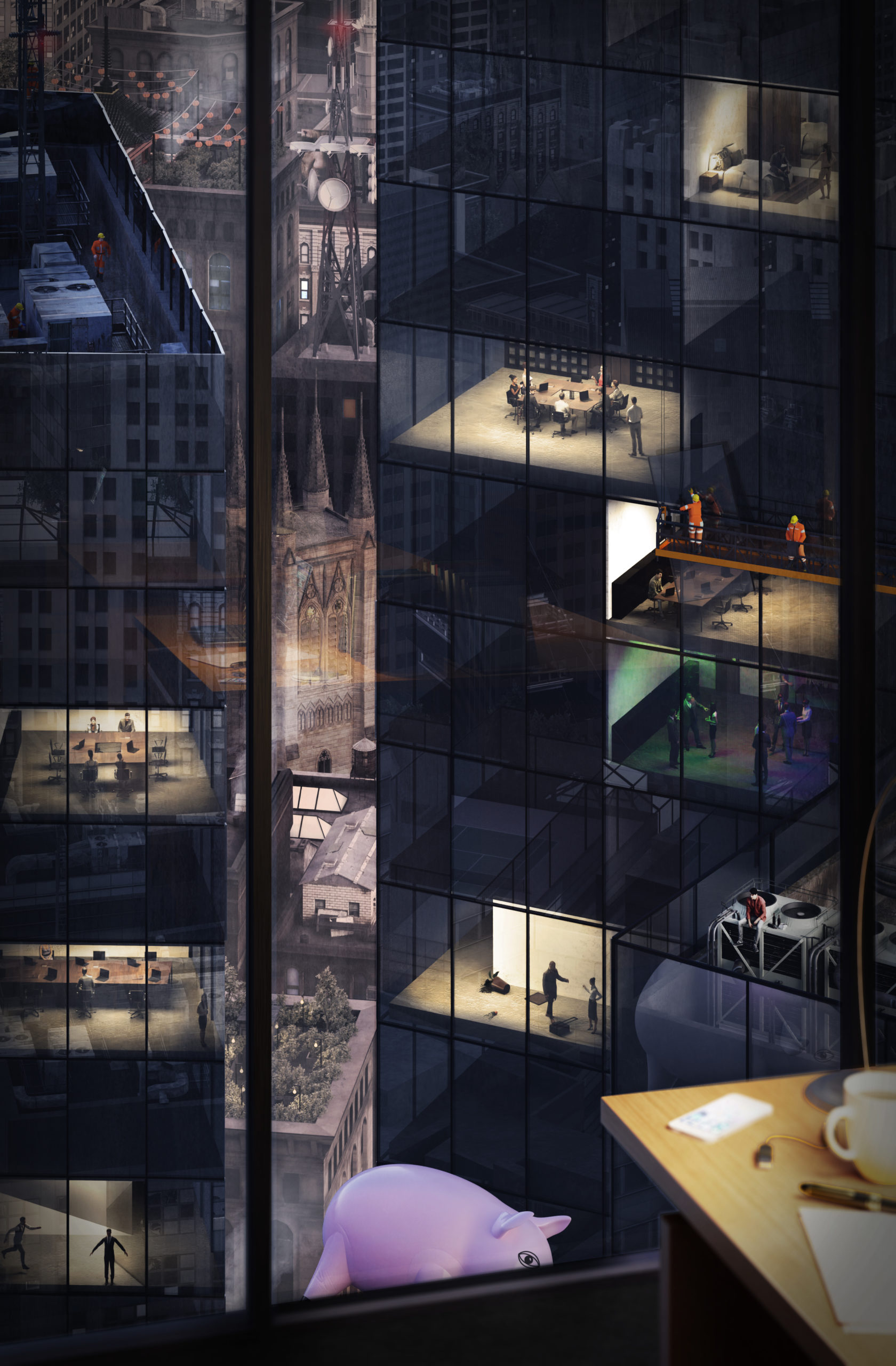 “Fragments of a shattered world” by Tul Srisompun
“Fragments of a shattered world” by Tul Srisompun
Millions of people living in big cities go about their lives unaware of who is around them and what their life is like. The artist describes our world as “a fragment of a universe, an amorphous mass consisting of an infinite number of more or less neutral concrete and glass towers in which man moves and governed by the obligation of an existence incorporated into a modern society.” But within this bubble exist several smaller ones of individuals and families living their own struggles, disconnected from those around them.
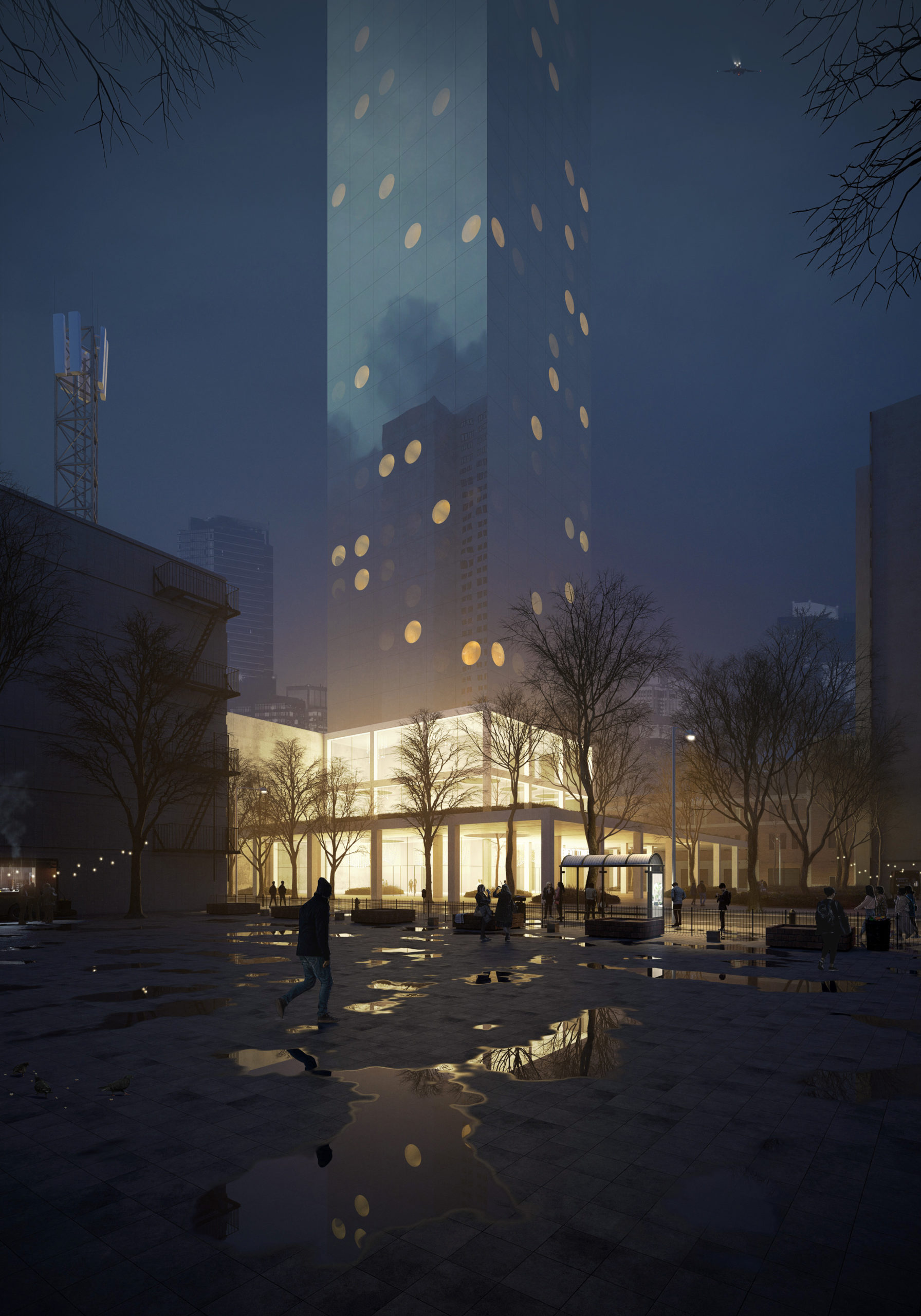 “When the sun goes down…” by Jakub Figel
“When the sun goes down…” by Jakub Figel
Light can often have an impact on how we see architecture. In this picture, the circular reflections of light on the mirrored surface of a building give the appearance of round fenestrations that don’t exist, changing the appearance and style of the building altogether. The artist said that these round windows make it look both unique and bold, much like something from a sci-fi universe.
Architizer is delighted to reveal the winners of the 2025 Vision Awards! We'll continue celebrating the power of architectural representation — get on the program mailing list by clicking here.
